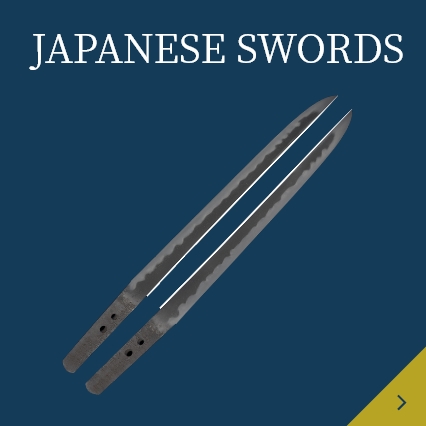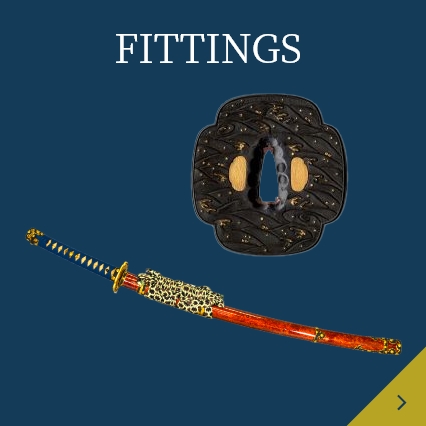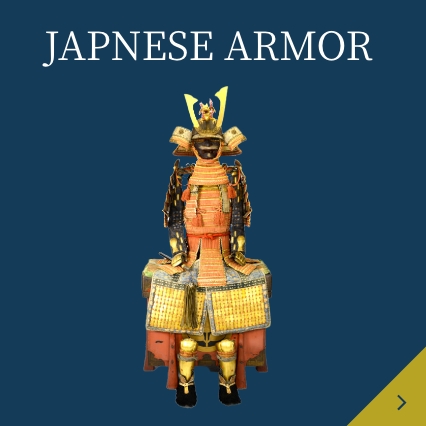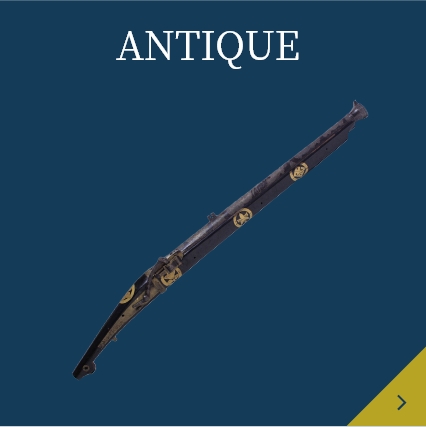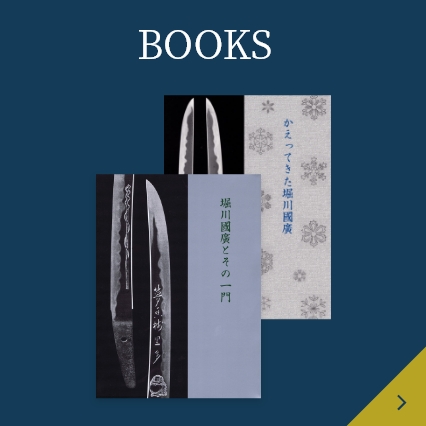Katana(Aizu Kotetsu)
Mutsudaijo-Miyoshinagamichi
刀 陸奥大掾三善長道
| Item NO. | No,K00250 | Price | ¥1,850,000JPY (Shipping fee extra) |
|---|---|---|---|
| Paper | NBTHK Tokubetsu hozon Paper (公益)日本美術刀剣保存協会 特別保存刀剣鑑定書 | ||
| Country | Mutsu Province (present-day Aizuwakamatsu City, Fukushima Prefecture) | ||
| Period | Early Edo period (around the Kanbun era, circa 1660s) | ||
| Blade Length | 63.0cm(2尺0寸7分) | ||
| Curve(Sori) | 2.1cm | ||
| Top Width (Sakihaba) | 2.4cm | ||
| Bottom Width (Motohaba) | 3.2cm | ||
| Bottom Thickness (Motokasane) | 0.7cm | ||
| Top Thickness (Sakikasane) | 0.5cm | ||
| Keijo | Shinogizukuri, iorimune, mihaba hiroku, sori yaya fukaku tsuki, chūkissaki nobiru | ||
| Kitae | Itamehada ni moku, ōhada me majiri, hadadachi, jinie atsuku tsuki, jikage komayaka ni. | ||
| Hamon | Sugu mijikai yaki dashi fū ga mirare, sono ue wa ōgunome midare ni gunome, ko notare nado majiri, ashi futoku nagaku sakkan ni hairi, nioi fukaku, nie atsuku tsuki, sunagashi kakari, kanesuji hairu. | ||
| Boushi | Sugu ni maruku yaya togarigokoro o teishi, saki hakikake nagaku kaeru. | ||
| Nakago | Ubu, sakiba agari kurijiri, yasurime katte-sagari, Hole 1 | ||
| Accessories | Shirasaya, kinkise ichiju habaki | ||
| Details | Miyoshi Nagamichi, also known as Miyoshi Tōshirō, was the grandson of Nagakuni, who resided in Matsuyama, Iyo Province. Nagakuni was retained by Kato Yoshiaki, and when the Kato family was transferred from Iyo to Aizu in Oshu in Kan’ei 4 (1627), Nagamichi accompanied the move along with his father Masanaga. Miyoshi Nagamichi initially signed his work as Michinaga. Born in Aizu in Kan’ei 10 (1633), he received the title Mutsu Daijō in Manji 2 (1659) and changed his name to Michinaga. Due to his work closely resembling that of the Edo master Nagasone Kotetsu, he is often referred to as “Aizu Kotetsu.” His blades are renowned for their exceptional sharpness and are listed among the highest-grade masterpieces. | ||

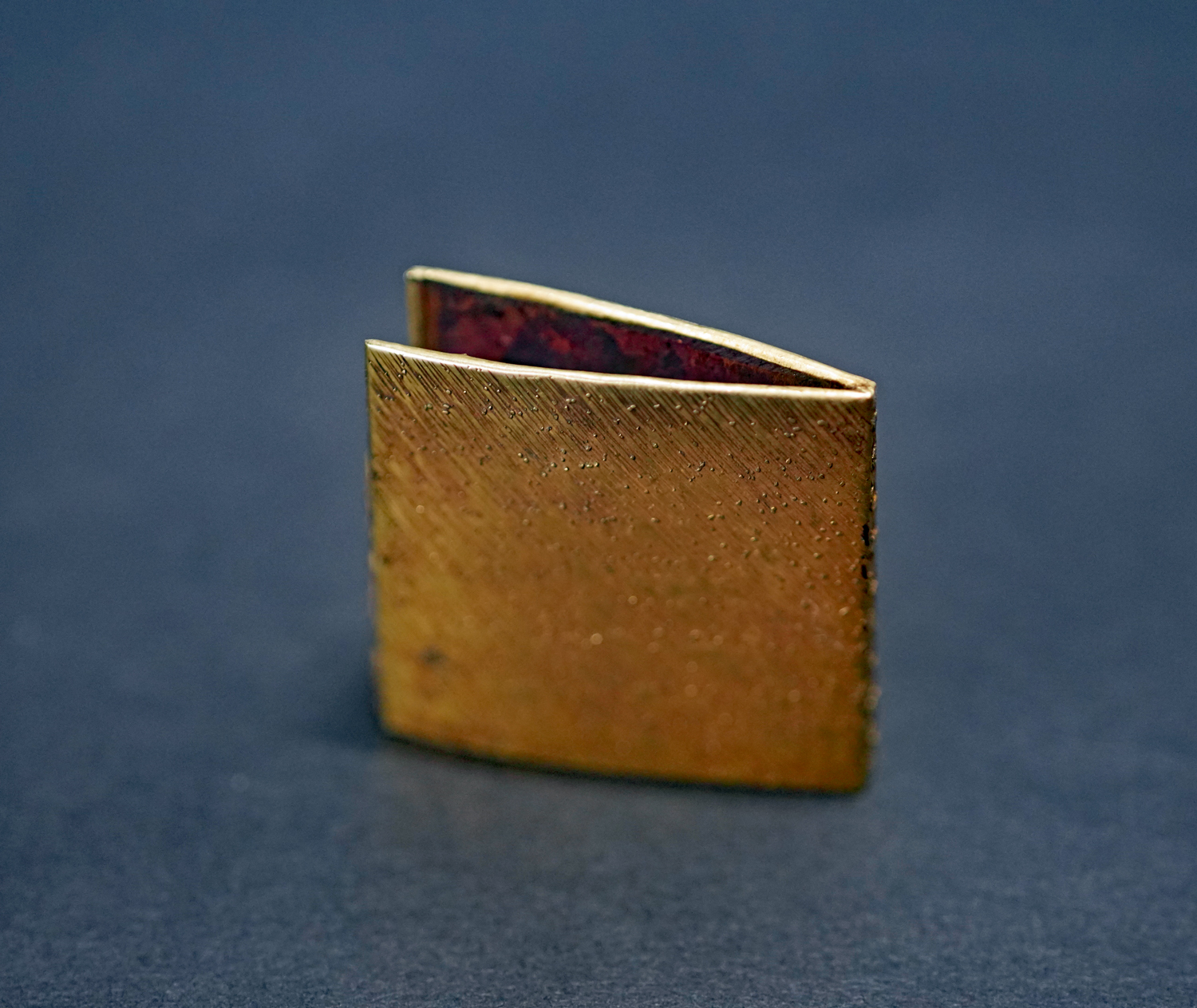
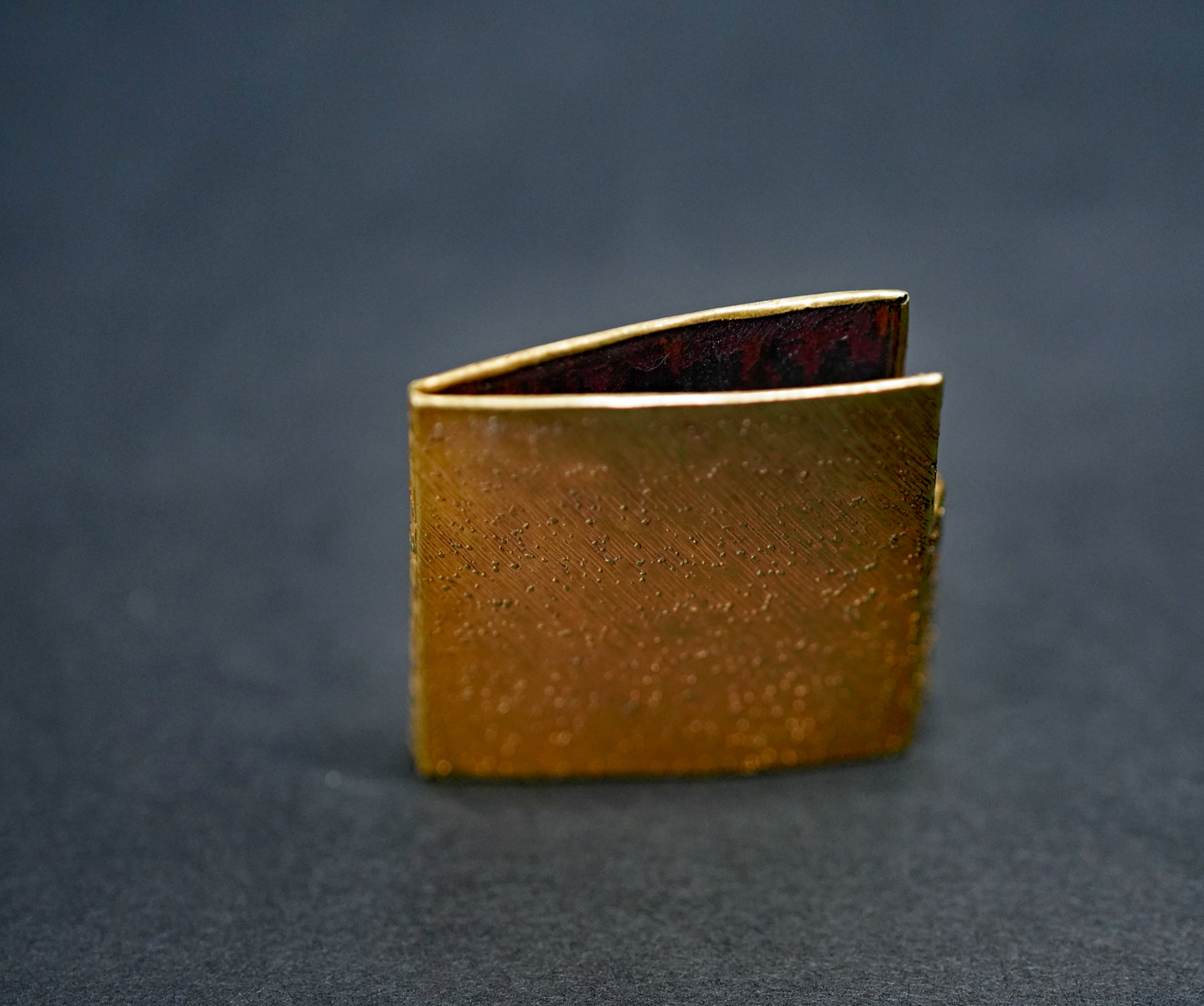
CONTACT
SEARCH
-
PERIOD LISTS
Koto|Shinto|Shinshinto|GendaitoPRICE LISTS
~¥500,000 JPY|¥510,000 JPY~¥1,000,000 JPY|¥1,010,000 JPY~¥2,000,000 JPY|¥2,010,000 JPY~¥3,000,000 JPY| ¥3,010,000 JPY~¥4,000,000 JPY|¥4,010,000 JPY~¥5,000,000 JPY|¥5,010,000 JPY~¥10,000,000 JPY|¥10,010,000 JPY~ |Please contact us -
PAPER LISTS
Important art appraisal|Others|No appraisalJpanese Swords
NBTHK Tokubetsu Jyuyo|NBTHK Jyuyo|NBTHK Tokubetsu Hozon|NBTHK HozonFittings
NBTHK Tokubetsu Jyuyo|NBTHK Jyuyo|NBTHK Tokubetsu Hozon|NBTHK Hozon


